Meet the Men Behind Saturday Morning’s Most Memorable Cartoons
Zoinks! Hanna-Barbera once dominated kids’ Saturday schedules
Once upon a time, two men dominated most American kids’ Saturdays with a feuding cat and mouse, loud-mouthed cavemen and doofy crime-solving dogs. Their names were William Hanna and Joseph Barbera, and together they turned animation into an empire. But how did they rise from animators to Saturday morning moguls? You can find out at a first-of-its-kind exhibition devoted to their groundbreaking work.
It’s called Hanna Barbera: The Architects of Saturday Morning, and it will be at the Norman Rockwell Museum in Stockbridge, Massachusetts, through May 29, 2017. The new exhibition tracks the men’s rise from starting as animators at MGM to forming their own studio—and colors in the often checkered history of American animation.
The story of Hanna-Barbera starts at another animation studio, Metro-Goldwyn Mayer. The duo met there in 1939 right at a critical moment for American animation. Just two years earlier, Walt Disney had released Snow White and the Seven Dwarfs, a feature-length animated film that changed the way moviegoers thought about animation. Now they clamored for full-length films and the animated short—the art form pioneered by Disney and other animators like Max Fleischer—was falling out of fashion.
Barbera and Hanna helped change that. Together, they created Tom and Jerry, a dueling cat and mouse whose exploits garnered more Academy Awards than any other animated series. But their success was threatened in the 1950s when MGM closed down its animation unit in 1953. It was one of many: Rising costs and competition choked animation’s golden age to death. The duo was forced to reinvent themselves and decided to start a studio of their own. Why not focus on a different medium, instead?
Together, they decided to try to conquer something new: the Saturday-morning television slot that the major networks had created just for kids. They were among the first to tackle TV cartoons, and their gamble paid off. Soon, they dominated kids’ TV screens with beloved shows like "The Huckleberry Hound Show," "Jonny Quest," "The Jetsons," "Space Ghost," "Scooby-Doo," and "The Flintstones" (which started as a prime-time show, but had a long second life in syndication and reruns that played on Saturday morning television).
At the exhibition, you can see original sketches of Hanna-Barbera’s work, learn about how they got around restrictions and roadblocks, and find out how they changed the way the world thinks about imagination and art. You can even view cartoons and participate in drop-in art classes with real animators.
It’s a fitting tribute to a Saturday-morning ritual that is no more: The last Saturday morning that featured cartoon programming on a broadcast network came and went in September 2014. But Hanna-Barbera’s names—and the names of the beloved characters they created—still loom large in cartoon history. So grab some Scooby Snacks, tell Rosie the Robot you’ll be home late and jump in your Stone Age car: You’re in for a yabba dabba doo time.
Editor's note, 1/2/2017: This piece has been updated to reflect that "The Flinstones" initially premiered in prime-time on NBC.
/https://tf-cmsv2-smithsonianmag-media.s3.amazonaws.com/accounts/headshot/erin.png)
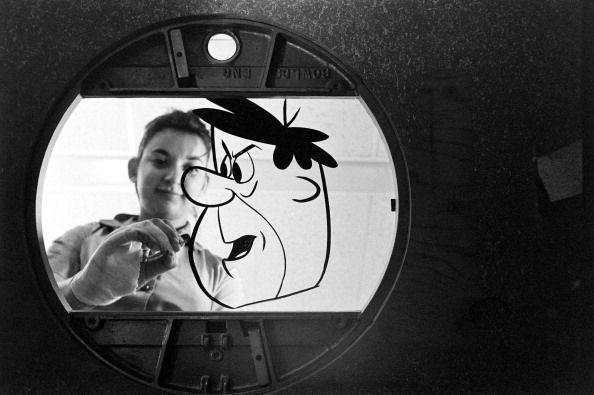
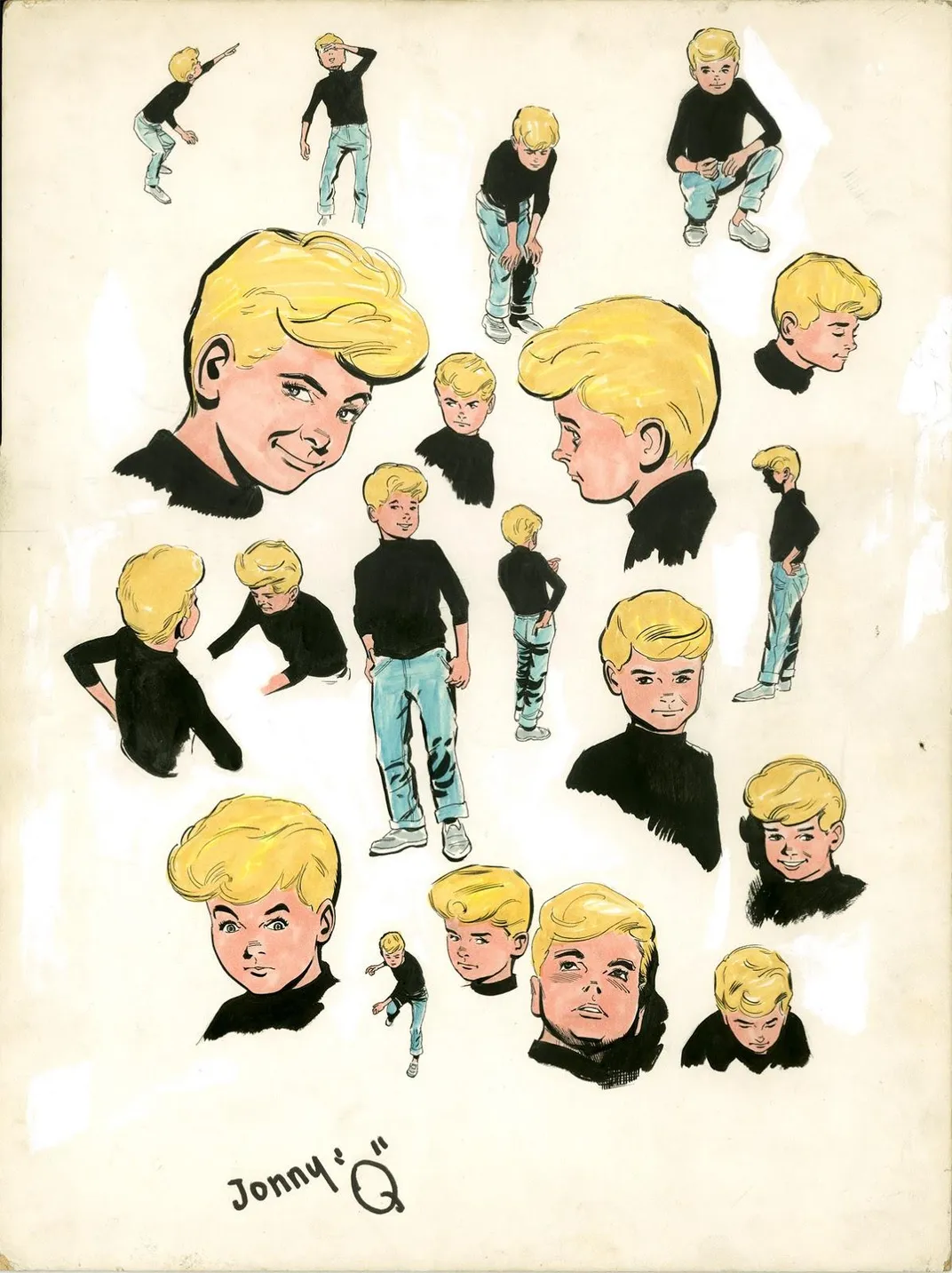
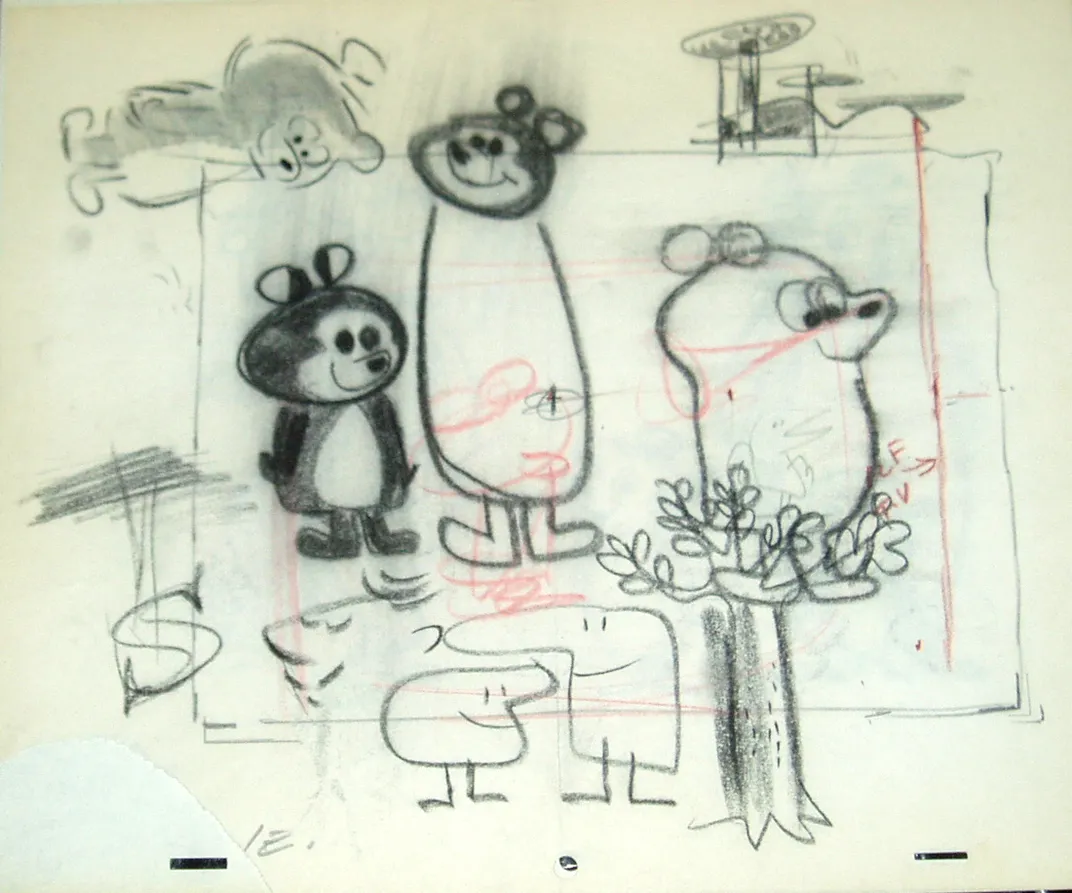
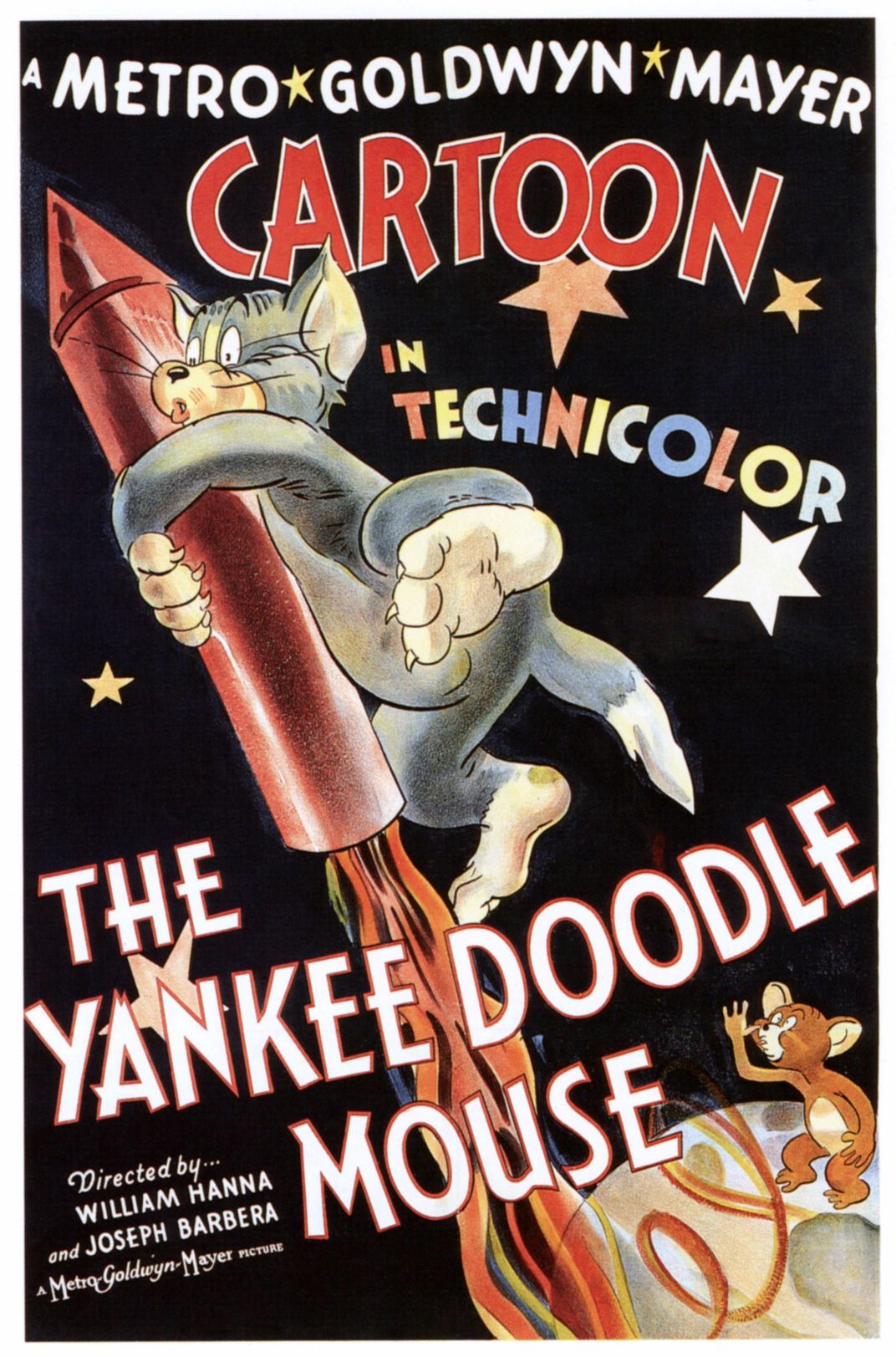
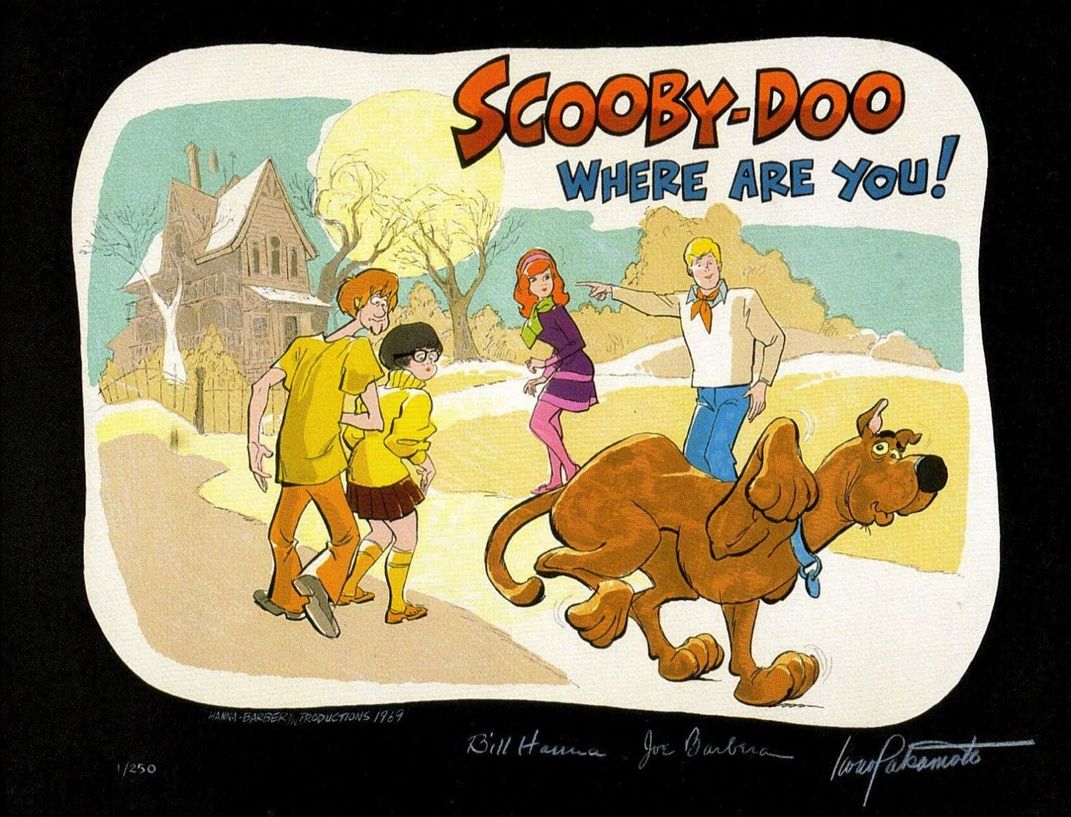
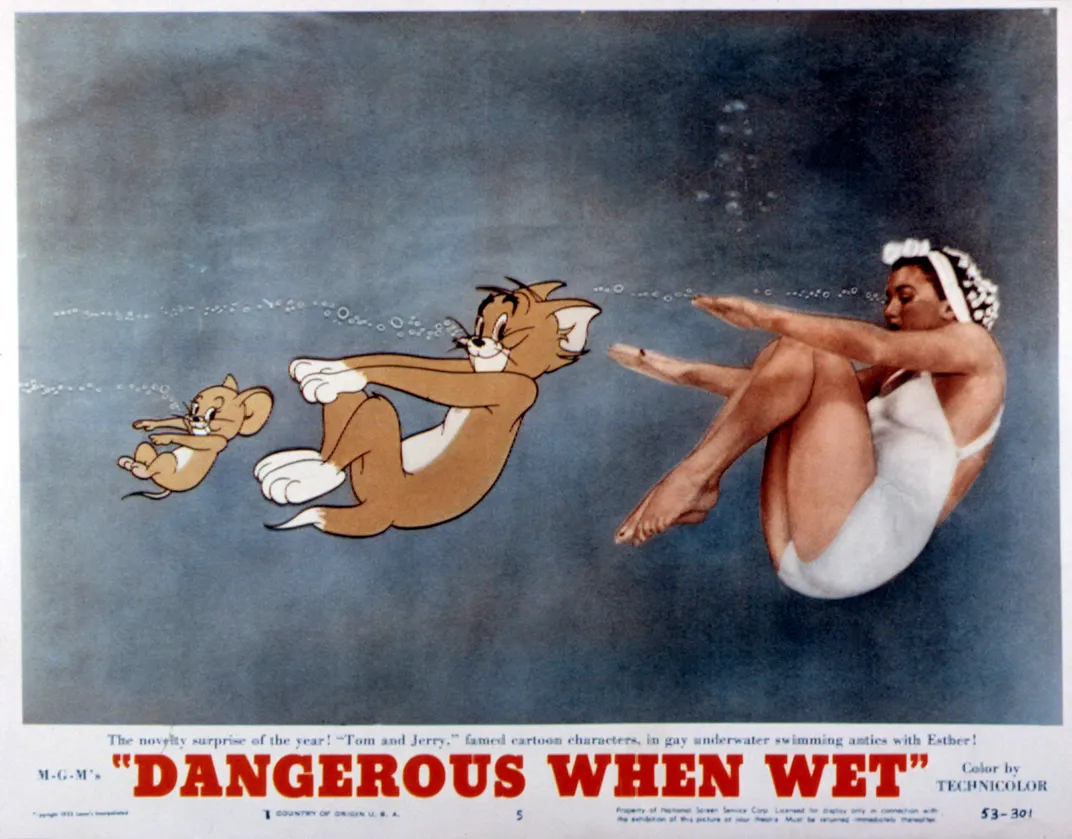
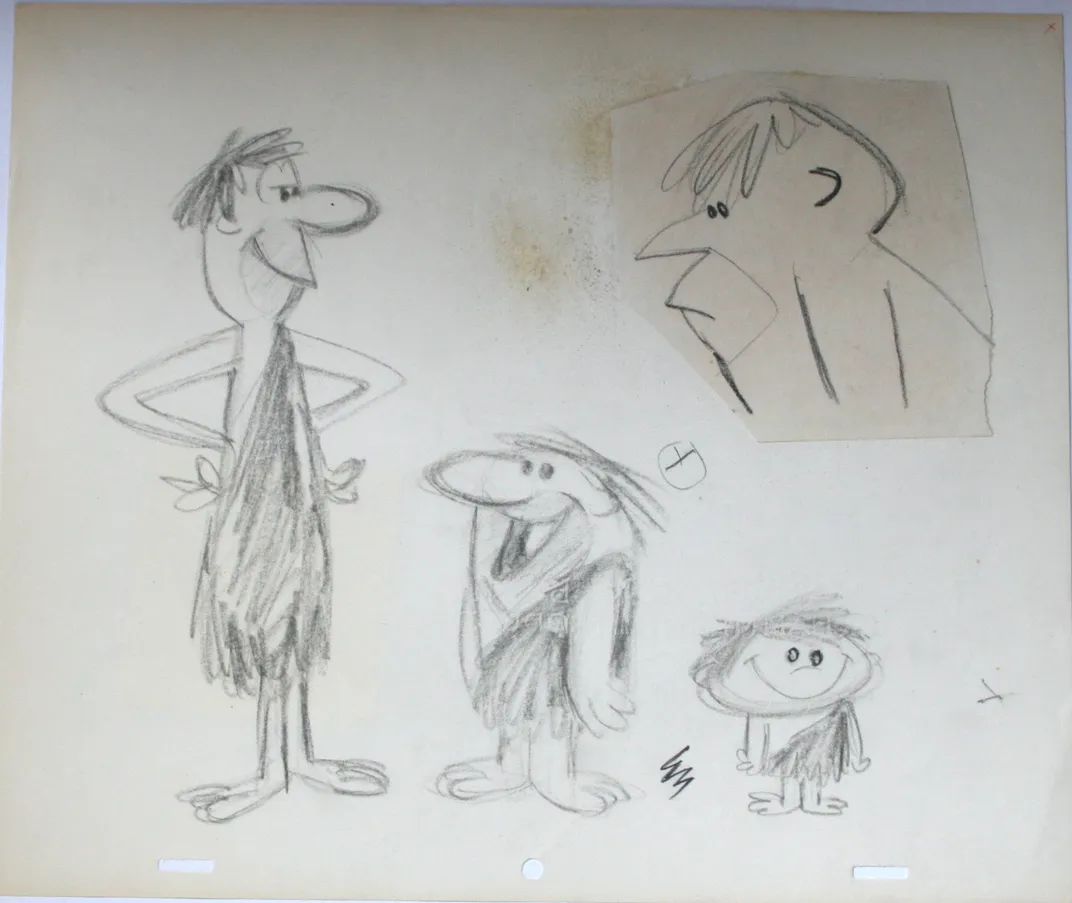
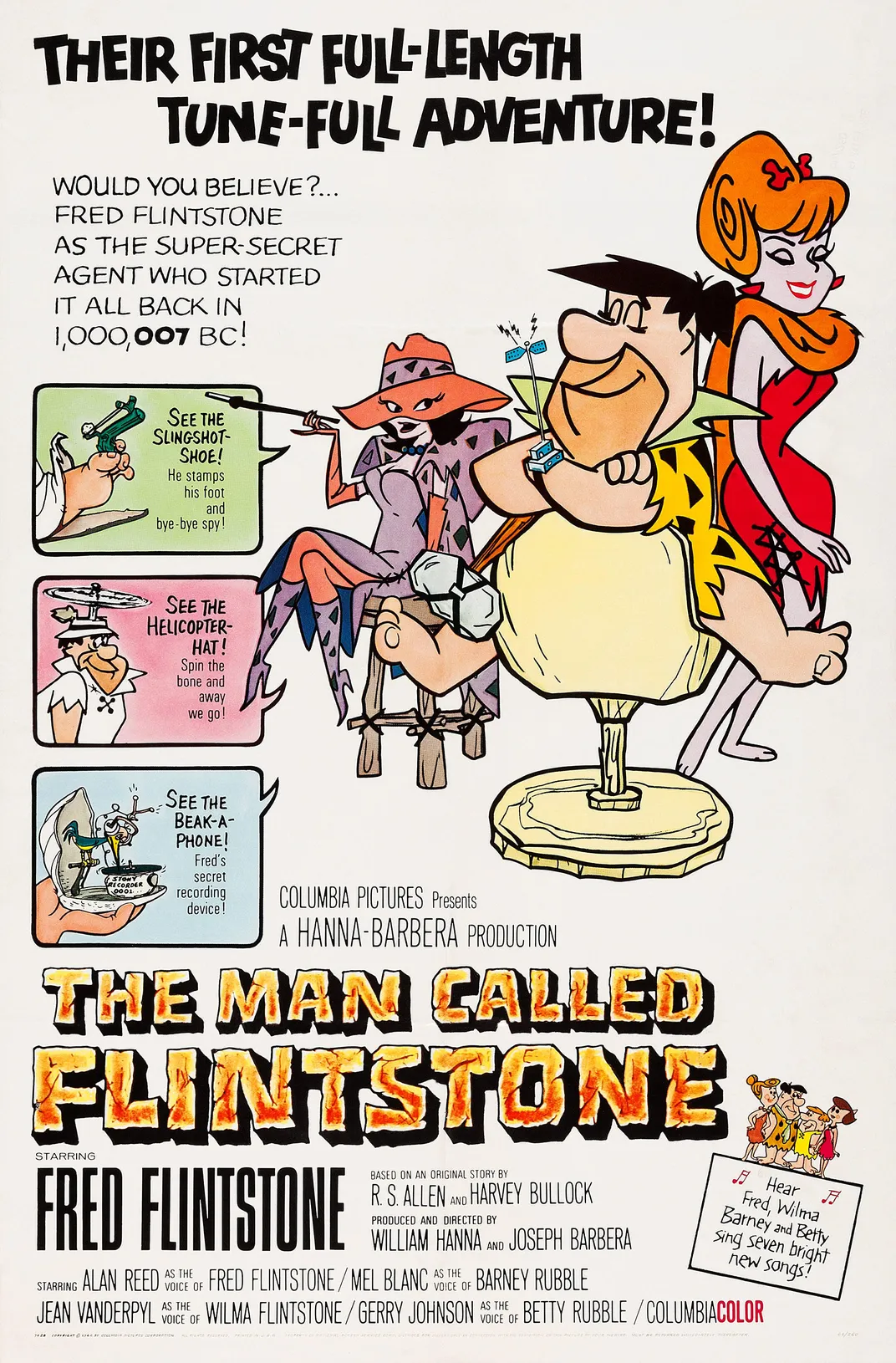
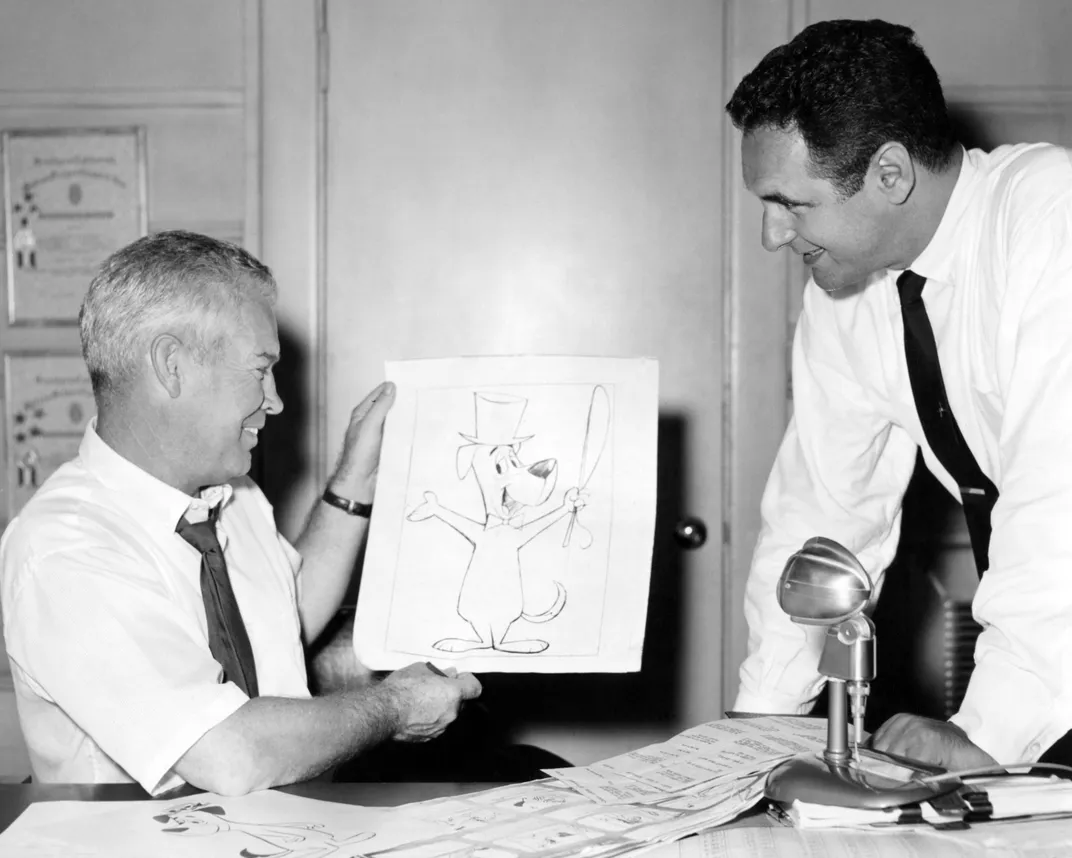
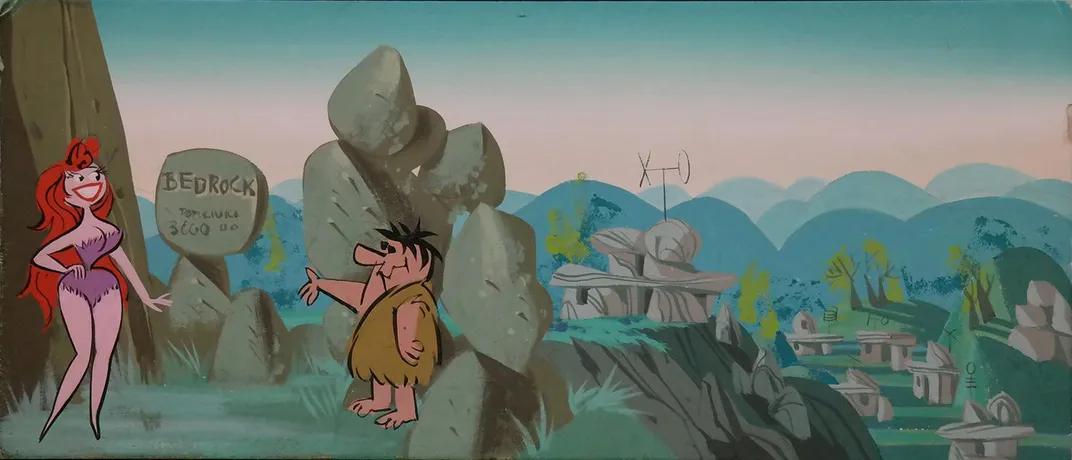
/https://tf-cmsv2-smithsonianmag-media.s3.amazonaws.com/accounts/headshot/erin.png)